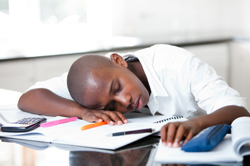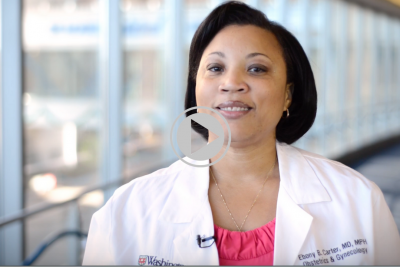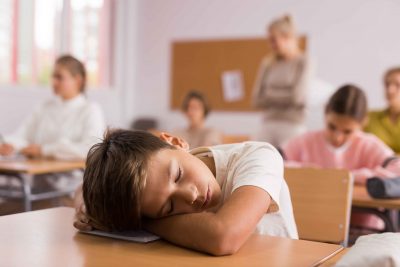A teen I know was recently diagnosed with narcolepsy—but only after almost a year of, inaccurate diagnoses, missed school, anger, frustration, and much pain.
When a teen won’t get up for school and complains of being tired all the time, what do you think? He’s lazy? Depressed? Growing? Needs exercise and a sleep schedule? Needs to get off his phone/computer and go to bed? Perhaps all of the above. But sometimes it’s narcolepsy.
Growing? Needs exercise and a sleep schedule? Needs to get off his phone/computer and go to bed? Perhaps all of the above. But sometimes it’s narcolepsy.
Narcolepsy is an uncommon disorder, affecting about 1 in 2000 people in the United States. Narcolepsy usually has an onset during adolescence, a time in life when many people are learning how to stick to a regular sleep schedule and get to bed on time. And so narcolepsy can be brushed off and under diagnosed. Many teens with narcolepsy have a very hard time sticking to a regular sleep and exercise schedule, furthering the temptation to blame their symptoms on laziness or a lack of personal discipline.
Narcolepsy can also cause poor memory, lack of concentration, poor motivation, and other symptoms frequently associated with depression, ADD, substance abuse, and bullying. Somehow health care providers don’t look for narcolepsy until all these other things have been ruled out. Often teens with narcolepsy really do have depression, substance abuse, and ADD, and these conditions also need to be treated. But it’s nearly impossible to effectively treat any of these conditions without diagnosing and ruling out narcolepsy.
Narcolepsy is a chronic illness that causes excessive sleepiness. Untreated, it can negatively impact all areas of a young person’s life, including school, personal relationships, psychological and personal health. Teens with untreated narcolepsy are at particular risk for sleepy driving.
Symptoms of narcolepsy include:
- excessive daytime sleepiness
- falling asleep at unusual times and locations, known as “sleep attacks.”
- Cataplexy, or a sudden episode of muscle weakness while fully conscious, typically triggered by emotions such as laughing, crying, terror, etc. Cataplexy usually only lasts a few seconds, and may be mild, such as a sensation of weakness of the knees. Not everyone with narcolepsy has cataplexy.
- Sleep paralysis, or the sensation that you can’t move or talk for a few seconds just as you are dozing off or waking up. Sleep paralysis is a common condition experienced by many people, not just those with narcolepsy.
- Hypnagogic hallucinations, or dreaming while awake, usually just as a person is waking up or falling asleep. The content of these hallucinations can be very scary.
- Disturbed night-time sleep, and/or difficulty falling asleep at night. This is one of the cruelest features of narcolepsy, because teens with it often can’t sleep in the middle of the night, but sleepiness occurs repeatedly during the day.
We still aren’t sure what causes narcolepsy. There seems to be both a genetic and environmental component. Some have hypothesized that narcolepsy may be a form of a neurologic auto-immune disease, triggered by a simple viral infection. Genetics may cause some people to be more susceptible to autoimmune diseases. Narcolepsy affects an equal number of boys and girls.
Finally, the teen I know is being appropriately treated. He is getting on with his life and going to college. I wish that I, or any of the many heath care providers involved in his life, would have thought to test him for narcolepsy sooner.
At St. Louis Children’s Hospital, we provide comprehensive narcolepsy evaluation and treatment through our sleep center. To learn more about our sleep center or make an appointment, click here or call 314-454-KIDS.
Our brochure, “A Parent’s Guide to Sleep Disorders,” can provide more information about narcolepsy and other sleep disorders including sleep apnea.





Misdiagnosis and delayed diagnosis are very common for people with symptoms of narcolepsy. Our research shows that an average of six years pass between initial onset of symptoms and proper diagnosis. Symptoms most often first appear between ages 11 and 17, and earlier in many cases. Because they spend so much time with youngsters and teens, school teachers frequently are the first to notice telltale behaviors. They can be the eyes and ears so vital to early detection, diagnosis, and treatment — IF they know what to look for. Wake Up Narcolepsy, a nonprofit foundation working to speed diagnosis by spreading awareness and fund independent medical research, offers free workshops for school teachers, nurses, and guidance counselors. Our Narcolepsy Goes to School (NGS) program stresses 3 things teachers should practice – the 3 Rs of narcolepsy – Recognize, Respect, Refer. Learn more at http://www.wakeupnarcolepsy.org and http://www.facebook.com/wakeupnarcolepsynarcolepsygoestoschool.
Thank you so much for an informative article, and for helping to raise awareness about narcolepsy! Delay in diagnosis and therefore treatment is a serious problem, and will only become less so when information like this is made available to the public. Greatly appreciate this!
I was recently diagnosed at age 36 with narcolepsy after a lifetime of missing work, class, parties, dates because I fell asleep or was too tired. Yet I regularly pulled all nighters because I couldn’t sleep. I’m being treated now with medication and behavioral changes, but it’s rough because that doesn’t always help. And every virus that comes along seems to knock me right back out. Now I fear for my son who has ADHD aND has started having sleep difficulty.
im a 14 year old girl and during school i fall asleep EVERY sing day at least three times.im not in school now but i feel extremely tierd and weak during the day but at night i feel fine but have a hard time falling asleep and wake up at least twice at night.